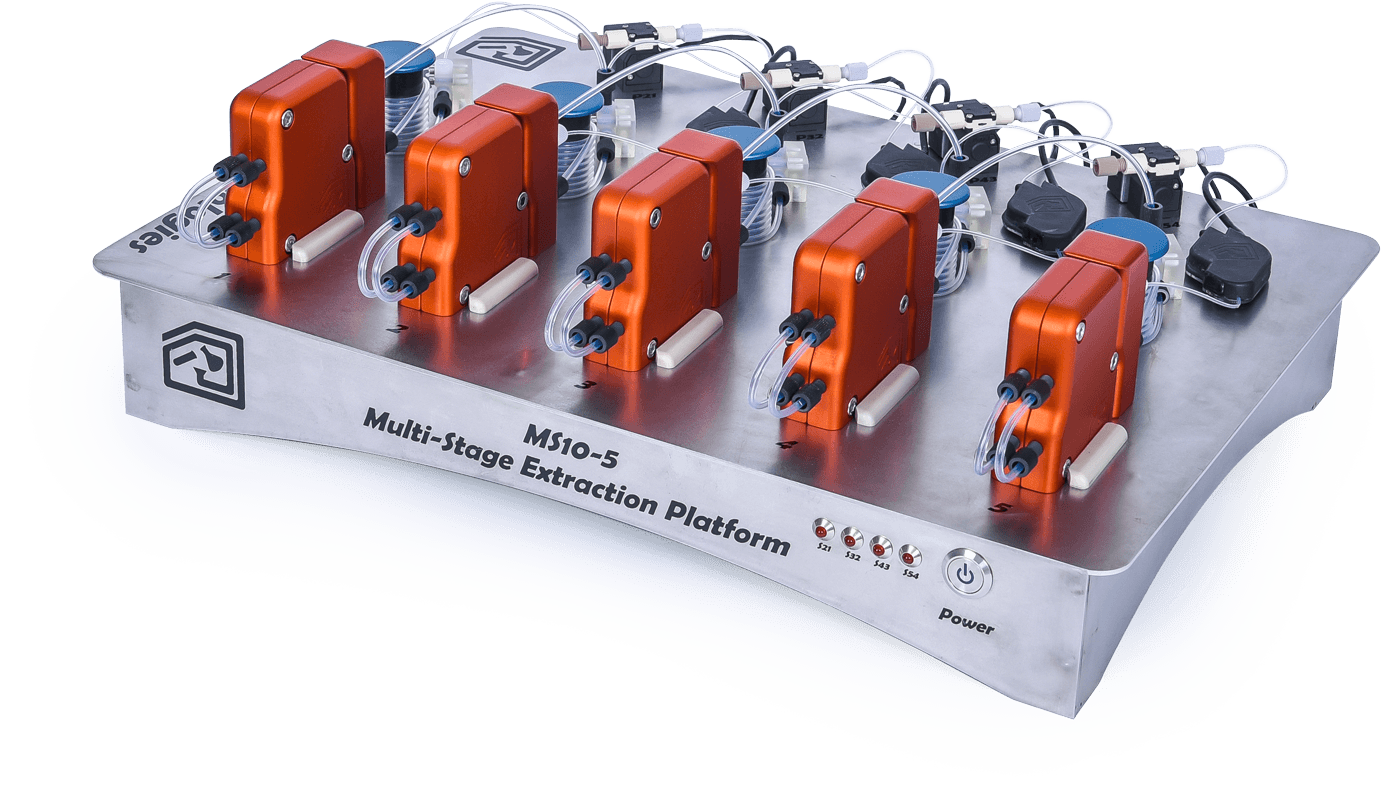
Multistage Liquid Liquid Extraction (LLE) is a process where extraction steps are repeated in order to increase the recovery of a product. This process is required when, due to a small partition coefficient, the recovery in a single extraction step is insufficient.
In industrial applications, LLE is most often arranged with a “countercurrent scheme” (CC-LLE) that provides the smallest consumption of extractant. In this scheme, the aqueous raffinate from one stage is fed to a former stage as a feed while the organic phase is moved in the opposite direction. Hence, even if the recovery of product in each stage is small, the overall system can achieve a high level of recovery.
In other words, with multistage extraction, selectivity of the extraction and process yield are decoupled as the yield depends on the number of extraction stages used, thus providing greater freedom to the process developer.
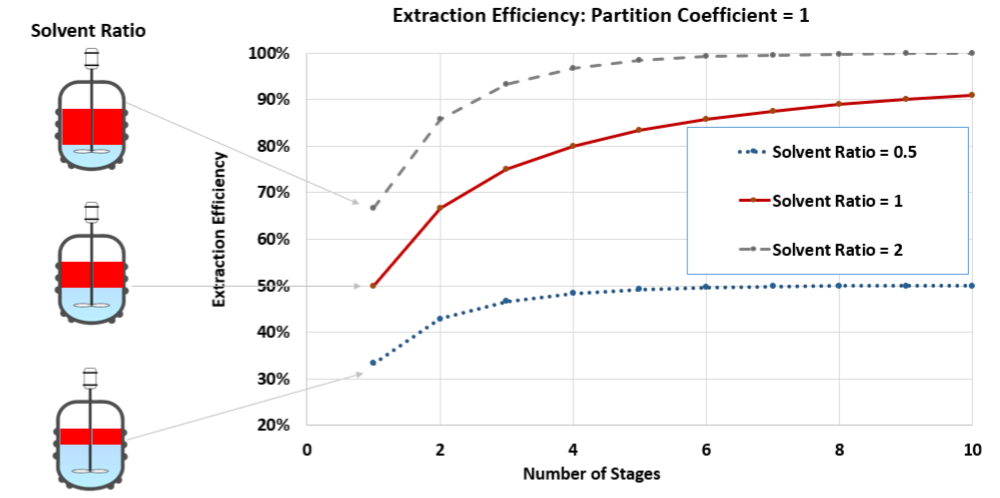
Fig 1 – Multistage extraction efficiency
This system address 3 key challenges typically encountered in developing multi-stage LLE: lack of information, lack of material and difficulty in scale up.
| Technology | Mixer Settler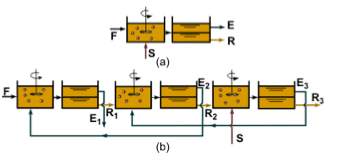 |
Columns |
Centrifuges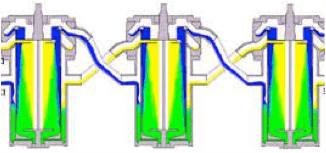 |
Zaiput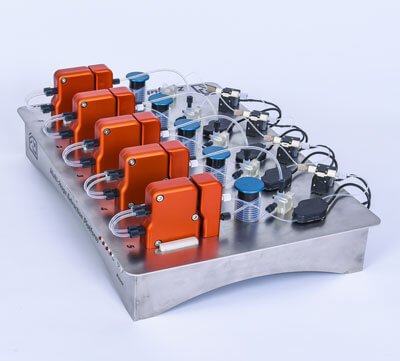 |
|---|---|---|---|---|
| Typical Internal Volume per Stage at Lab scale (ml) | 25-100 | 150 | 100 | 3 |
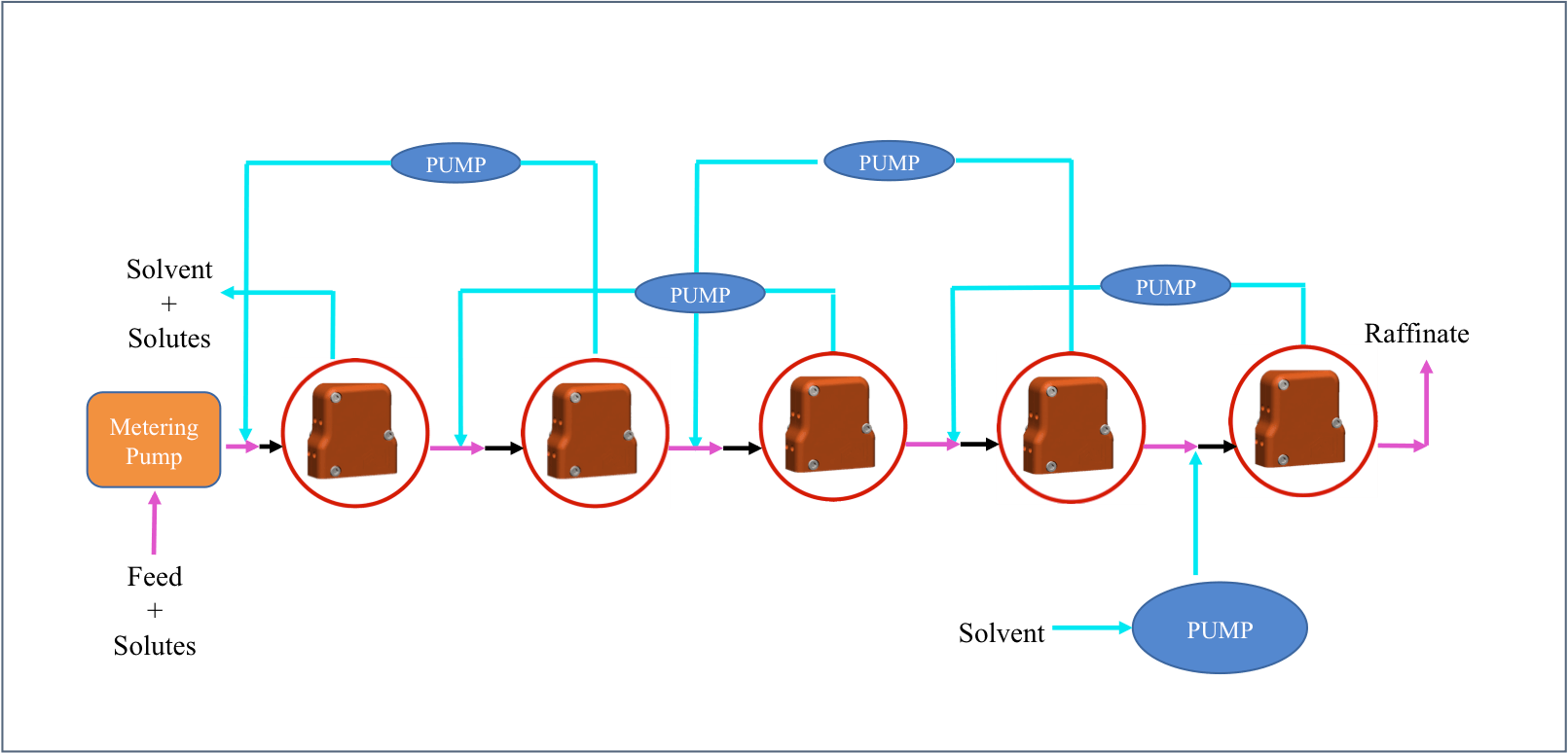
Fig 1. Schematic of the standard system plumbing
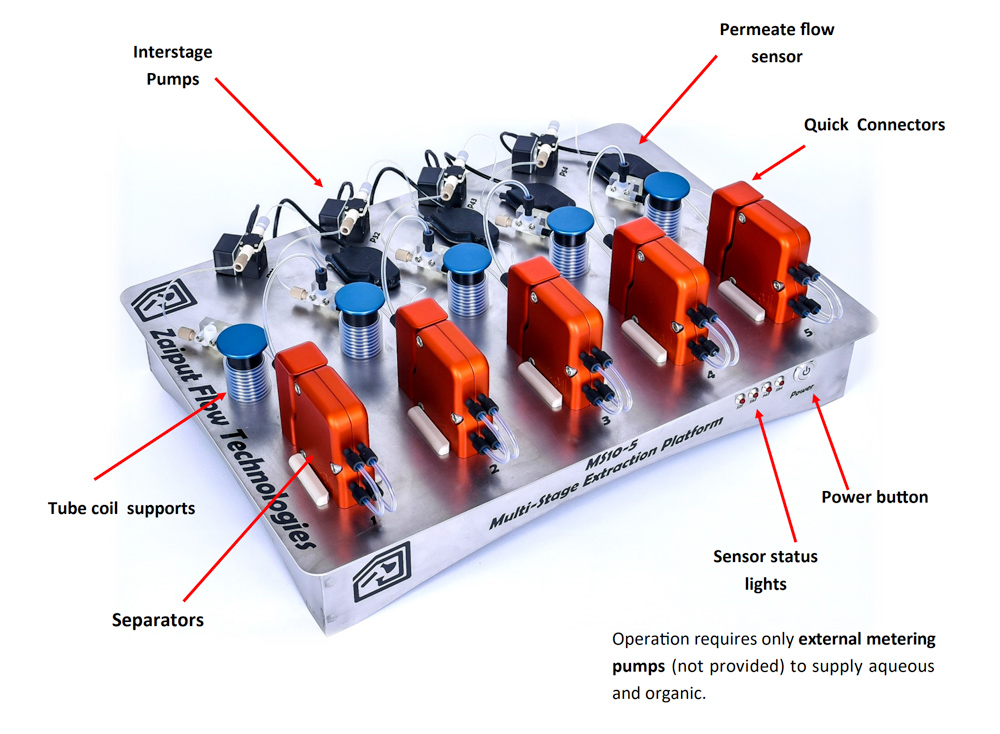
Fig 2. Multistage Liquid-Liquid Extraction Platform
C. Heiduk, I. Hohlen, and S. Scholl, Multi-Stage Liquid/Liquid Extraction with a Zaiput Apparatus, SPhERe – 4rd International Symposium on Pharmaceutical Engineering Research, 15. – 17. Sept 2021.
Nopphon Weeranoppanant and Andrea Adamo, In-Line Purification: A Key Component to
Facilitate Drug Synthesis and Process Development in Medicinal Chemistry, ACS Med. Chem.
Lett., Dec 2019.
René Lebl, Trevor Murray, Andrea Adamo, David Cantillo, C. Oliver Kappe, Continuous Flow
Synthesis of Methyl Oximino Acetoacetate: Accessing Greener Purification Methods with Inline Liquid-Liquid
Extraction and Membrane Separation Technology, ACS Sustainable Chem. Eng., Nov 2019.
Nopphon Weeranoppanant, Andrea Adamo, Galym Saparbaiuly, Eleanor Rose, Christian Fleury, Berthold Schenkel, and Klavs F.
Jensen, Design of
Multistage Counter-Current Liquid–Liquid Extraction for Small-Scale Applications Ind. Eng. Chem.
Res. Apr 2017.
Yi Shen, Nopphon Weeranoppanant, Lisi Xie, Yue Chen, Marcella R. Lusardi, Joseph Imbrogno, Moungi G. Bawendi and Klavs
F. Jensen, Multistage extraction platform for highly efficient and fully continuous
purification of nanoparticles Nanoscale Mar 2017.
Maryam Peer, Nopphon Weeranoppanant, Andrea Adamo, Yanjie Zhang, and Klavs F. Jensen, Biphasic catalytic hydrogen peroxide oxidation of alcohols in flow: Scale up and extraction
Org. Process Res. Dev. Aug 2016.
Contact us if you need more than 5 stages. Platforms can be easily connected together.
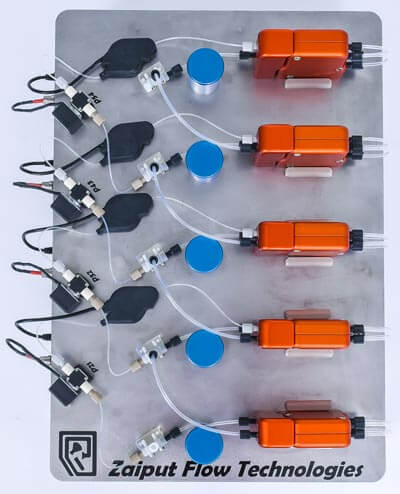 |
Part Number | MS10-5 |
|---|---|---|
| Width | 500 mm (19.7 inches) | |
| Depth | 400 mm (15.7 inches) | |
| Height | 155 mm (6.1 inches) | |
| Total flow rate | 0-10 ml/min | |
| Wetted parts: | ||
| Separators | ETFE, PFA, FEP, PTFE | |
| Tubing/ flow sensors | PFA | |
| Interstage pumps | FFMK, PVDF | |
| Ports | 1/4-28 Flat bottom | |
| Max temperature of operation | 80°C | |
| Hold-up volume per stage | ~3 ml |
|
|
Part Number | MS200 |
|---|---|---|
| Dimensions |
Dimensions depend on number of stages specified but platforms fit in a lab hood |
|
| Total flow rate | 5 – 200 ml/min | |
| Wetted parts: | ||
| Separators | 316-SS, ETFE or Hastelloy C-276
PFA, FEP, PTFE |
|
| Tubing/ flow sensors | PFA | |
| Interstage pumps | FFMK, PVDF | |
| Ports | Swagelok for 1/4” OD | |
| Max temperature of operation | 80°C | |
| Hold-up volume per stage | ~45 ml—Depends on Setup. |
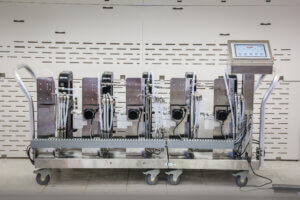
MS-3000 Platforms are custom-built to our customers’ specifications |
Part Number | MS3000 |
|---|---|---|
| Dimensions | Dimensions depend on number of stages specified | |
| Total flow rate | 200 – 3000 ml/min | |
| Wetted parts: | ||
| Separators | 316-SS, ETFE or Hastelloy C-276
PFA, FEP, PTFE |
|
| Ports | Swagelok for 3/8” OD | |
| Max temperature of operation | 80°C | |
| Hold-up volume per stage | ~500 ml – Depends on Setup |